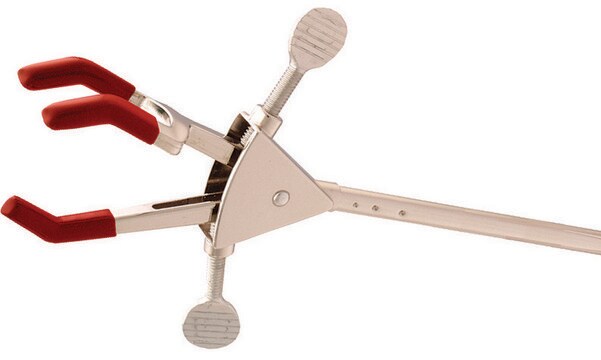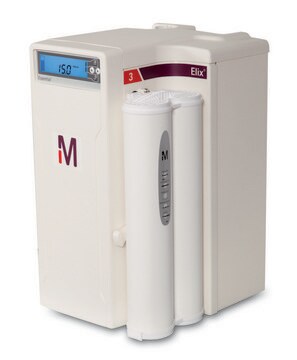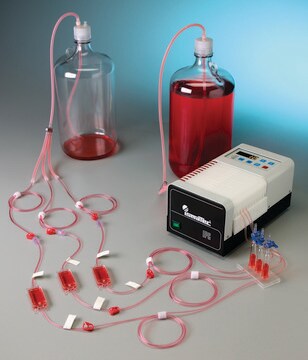VP267
5092805, human breast, Epithelial
Iniciar sesiónpara Ver la Fijación de precios por contrato y de la organización
About This Item
UNSPSC Code:
41106514
Productos recomendados
product name
VP267, 05092805
biological source
human breast
growth mode
Adherent
karyotype
Mean no. 82, modal no. 62, range 45-148
morphology
Epithelial
products
Not specified
receptors
Not specified
technique(s)
cell culture | mammalian: suitable
relevant disease(s)
cancer
shipped in
dry ice
storage temp.
−196°C
Cell Line Origin
Human Breast Cancer
Cell Line Description
Derived from a breast cancer biopsy removed from a 48 year-old female. The histology of the breast cancer biopsy was defined as Ductal Grade III, tumour cells did not stain positive for oestrogen receptors. The VP267 cell line was derived from the same individual as the cell line VP229. VP229 was derived from the primary tumour and VP267 was derived 14 months later from a local recurrence of the tumour. The individual was recorded to live for 1year after surgery performed to remove the tumour. The patient had received tamoxifen treatment. This cell line grows slowly and is relatively difficult to culture; please read the sub-culture routine information closely.
DNA Profile
STR-PCR Data: Amelogenin: X
CSF1PO: 10
D13S317: 11,13
D16S539: 11,12
D5S818: 11
D7S820: 10,12
THO1: 7
TPOX: 8
vWA: 17
CSF1PO: 10
D13S317: 11,13
D16S539: 11,12
D5S818: 11
D7S820: 10,12
THO1: 7
TPOX: 8
vWA: 17
Culture Medium
MEBM (Clonetics, CC-3151) + MEGM SingleQuots (Clonetics, CC-4136) + 2mM Glutamine + 2% Foetal Bovine Serum (FBS). Fresh EGF (final concentration of 10ng/ml) should be added to the medium at each subculture.
Subculture Routine
Split sub-confluent cultures (70-80%) 1:2 i.e. seeding at 2-5x10,000 cells/cm2 using 0.25% trypsin; 5% CO2; 37°C. The VP series of breast cancer cell lines are very slow growing and relatively difficult to grow. Fresh EGF (final concentration 10ng/ml) s
Other Notes
Additional freight & handling charges may be applicable for Asia-Pacific shipments. Please check with your local Customer Service representative for more information.
Certificados de análisis (COA)
Busque Certificados de análisis (COA) introduciendo el número de lote del producto. Los números de lote se encuentran en la etiqueta del producto después de las palabras «Lot» o «Batch»
¿Ya tiene este producto?
Encuentre la documentación para los productos que ha comprado recientemente en la Biblioteca de documentos.
Nuestro equipo de científicos tiene experiencia en todas las áreas de investigación: Ciencias de la vida, Ciencia de los materiales, Síntesis química, Cromatografía, Analítica y muchas otras.
Póngase en contacto con el Servicio técnico






